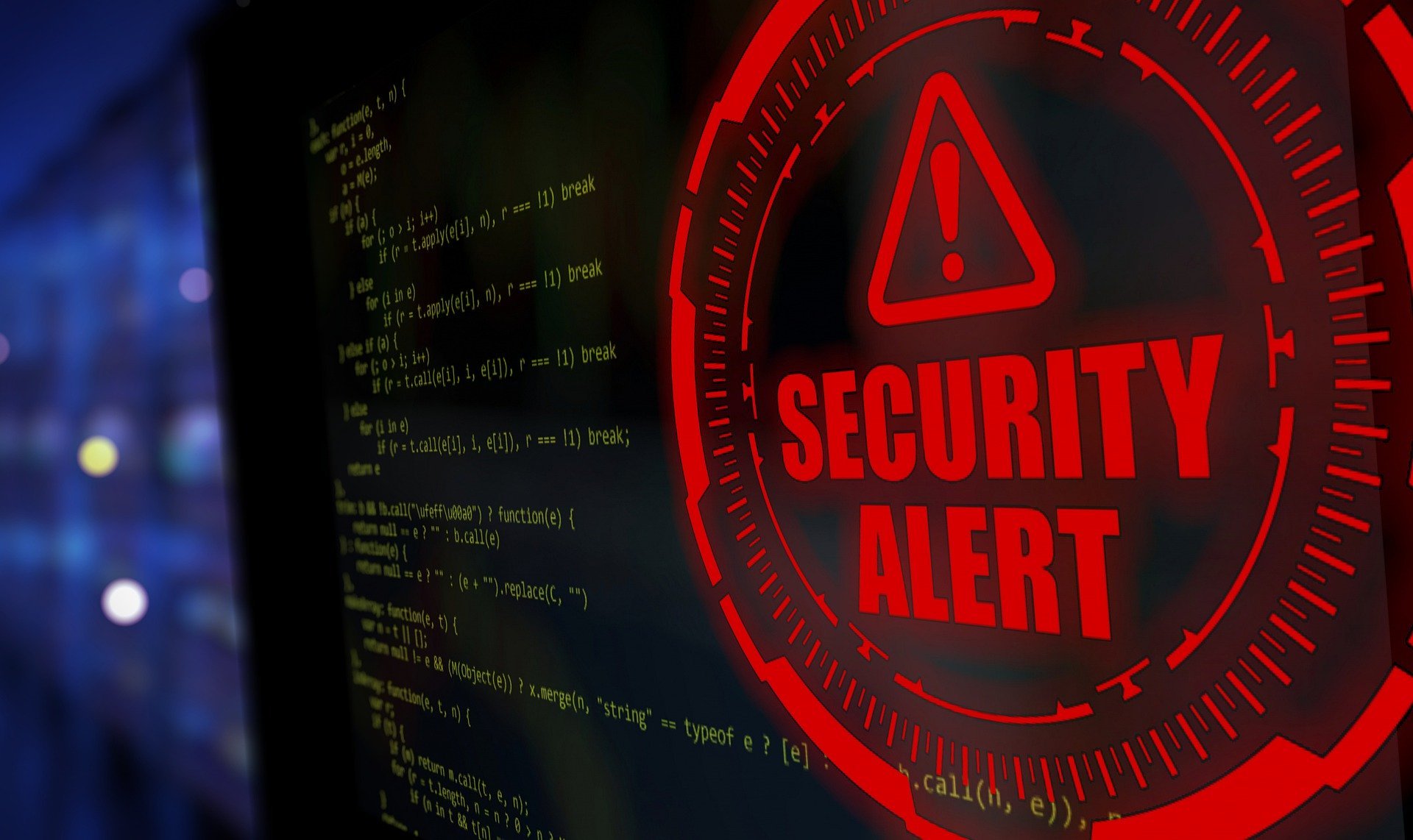Guarding Your Virtual Fort: The Art of Cybersecurity

In the digital landscape we navigate today, the concept of cybersecurity has become a cornerstone in protecting our virtual fortresses. With the ever-evolving tech scene and the increasing interconnectedness of our world, the need to safeguard our digital assets has never been more crucial.
As we venture further into the realm of chiiki and cyberspace, the importance of fortifying our defenses against cyber threats grows exponentially. Cybersecurity is not just a buzzword in today's jargon but a vital practice that shapes the way we interact online, conduct business transactions, and secure sensitive information from potential breaches. Our vigilance in this realm can mean the difference between protectiveness and vulnerability in our digital domains.

The Cybersecurity Landscape
In the rapidly evolving digital age, the realm of cybersecurity is more critical than ever. With the continuous advancement of technology, the interconnectedness of our online world presents both opportunities and risks. Cyber threats come in various forms, from phishing scams to malware attacks, constantly challenging individuals and organizations alike to stay vigilant and proactive in safeguarding their virtual assets.
One of the key aspects of cybersecurity is understanding the ever-changing landscape of threats and vulnerabilities. Cybercriminals are constantly devising new methods to exploit weaknesses in systems and networks. As such, staying informed about the latest trends in cyber threats and emerging technologies is essential for effectively protecting sensitive information and data.
Chiiki businesses, no matter their size, are increasingly becoming targets for cyber attacks. The interconnected nature of the digital ecosystem means that vulnerabilities in one system can potentially have far-reaching consequences. Therefore, investing in https://chiiki-i.net/ is not only a matter of safeguarding one's own assets but also contributing to the overall resilience of the digital infrastructure.
Best Practices in Cybersecurity
When it comes to cybersecurity, staying proactive is key. Regularly updating software and operating systems can help patch vulnerabilities before they are exploited by cyber attackers. Implementing strong password practices, such as using unique passwords for each account and enabling two-factor authentication, adds an extra layer of defense.
Educating yourself and your team about common cyber threats is essential. By being aware of phishing emails, social engineering tactics, and other malicious activities, you can avoid falling victim to cyber attacks. Regular training sessions and simulated phishing exercises can help reinforce these concepts and keep everyone vigilant.
Lastly, backing up your data regularly is a crucial aspect of cybersecurity. In the event of a ransomware attack or data breach, having secure backups ensures that you can restore your information and minimize potential damage. Utilizing cloud storage or external hard drives for backups can help protect your valuable data.
Emerging Threats
As technology advances, so do the threats to our online security. One emerging threat that cybersecurity experts are increasingly concerned about is the rise of sophisticated phishing scams. These deceptive emails or messages are designed to trick users into divulging their personal information, such as passwords or credit card details.
Another growing concern in the realm of cybersecurity is the expansion of ransomware attacks. Cybercriminals use this malicious software to encrypt a victim's data, demanding payment for its release. Organizations of all sizes are vulnerable to these attacks, highlighting the importance of robust data backup strategies and cybersecurity protocols.
Moreover, the Internet of Things (IoT) presents a new frontier for potential security breaches. Connected devices, from smart home appliances to industrial machinery, can be targeted by hackers to infiltrate networks and access sensitive information. Securing these devices and maintaining oversight of their connections is crucial to safeguarding against IoT-related cyber threats.
